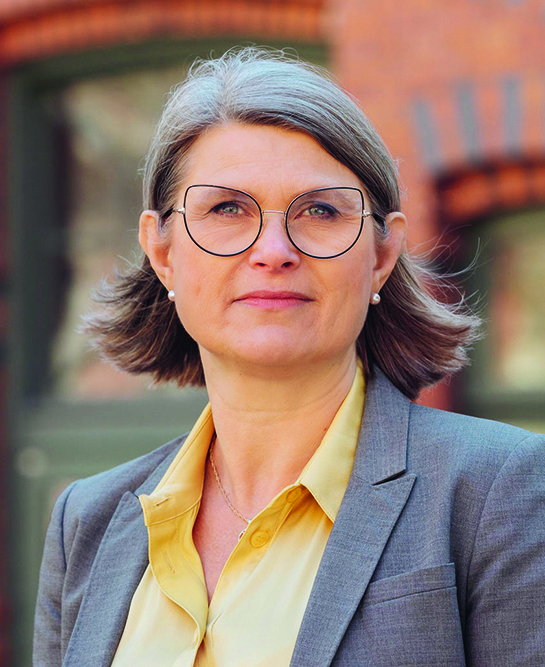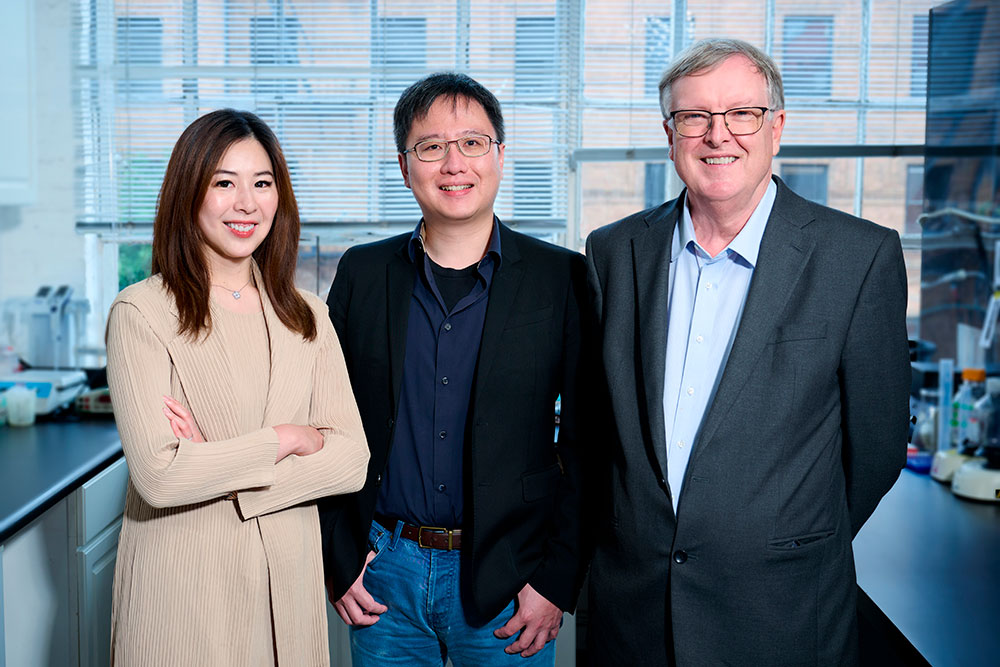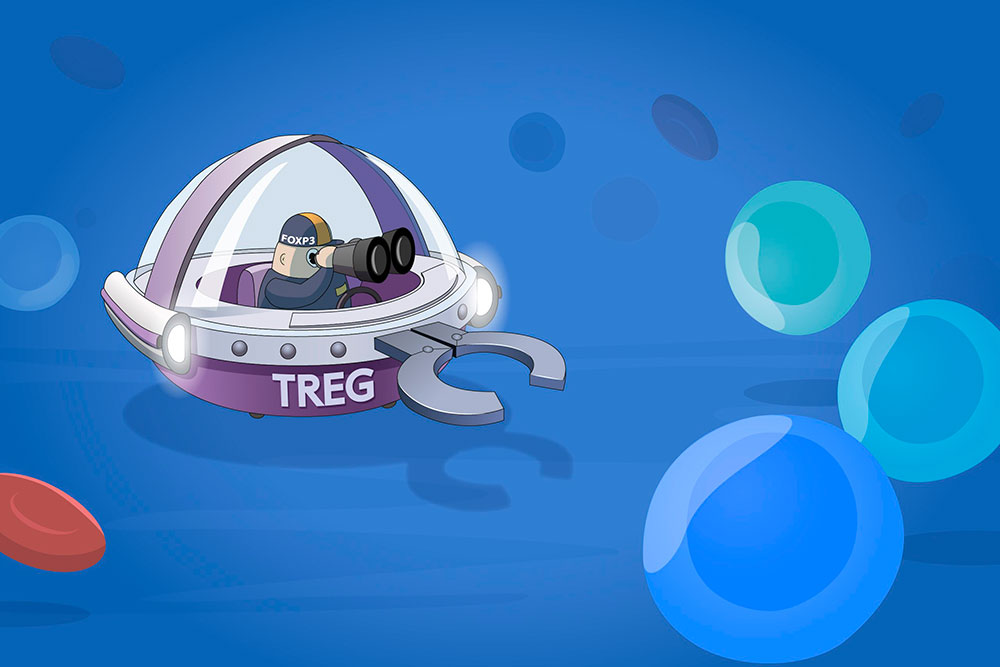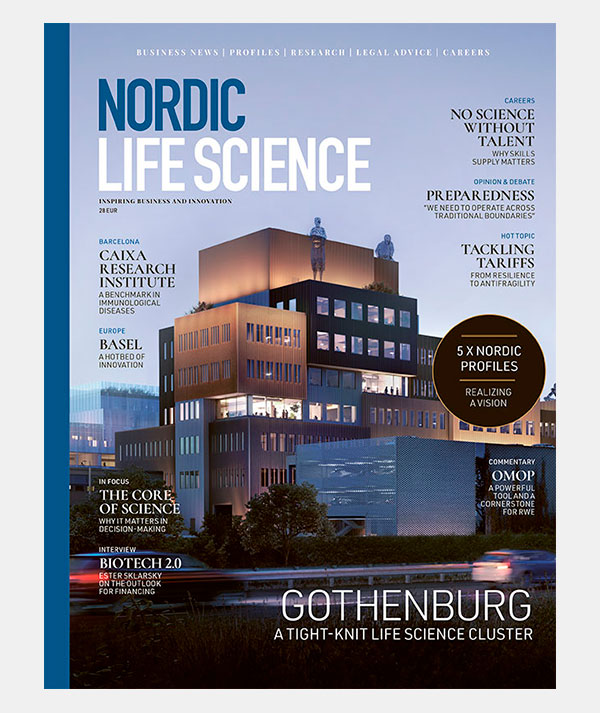EU, US trade statement: 15% tariffs on pharmaceuticals

The joint statement, released yesterday, confirms that cars, semiconductors, and pharmaceuticals will face a maximum 15% tariffs to enter the US.
For the EU pharmaceutical sector, the announcement is that tariffs on pharmaceutical exports will be limited to a maximum of 15 percent. Generic drugs and their ingredients may receive even lower tariffs, around 0–2 percent.
A challenging but manageable new reality

“For the European and Swedish pharmaceutical sector, the 15 percent level represents a challenging but manageable new reality,” states SwedenBIO’s CEO Jessica Martinsson.
“The risk of even higher tariffs on pharmaceuticals would have been harmful to the Swedish economy, as a large part of the pharmaceuticals we produce go to the US. It would also have had a negative effect on growth,” she adds.
While avoiding the worst-case scenario of tariffs of up to 200 percent, the industry now faces the task of adjusting its supply chains, potentially accelerating some investments in American manufacturing, and navigating a new trade landscape that breaks with decades of duty-free pharmaceutical trade, states SwedenBIO.

The European life science industry: The time to step up is now
Europe ranks highly when it comes to life science know-how and knowledge, but the region is falling behind when it comes to R&D and turning science into real-world solutions. Complex regulations, a fragmented market, scattered funding, and the potential US market tariffs are just some of the challenges ahead.
“Companies must now accelerate their long-term strategic planning to maintain competitiveness in the important US market while expanding to other regions to reduce their current dependence,” says Jessica Martinsson.
Published: August 22, 2025










